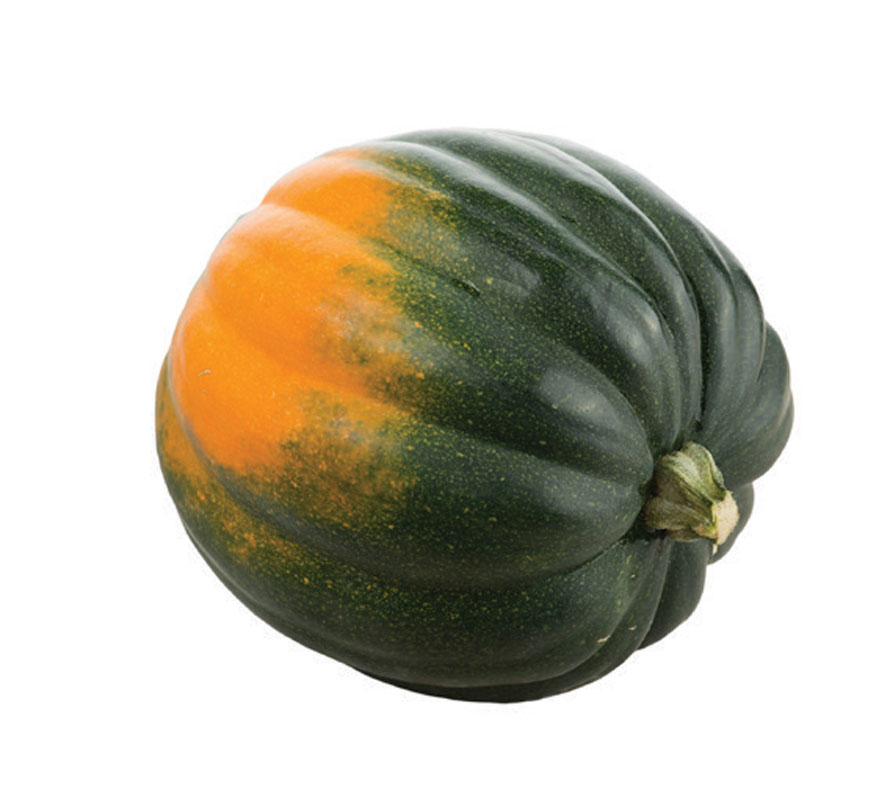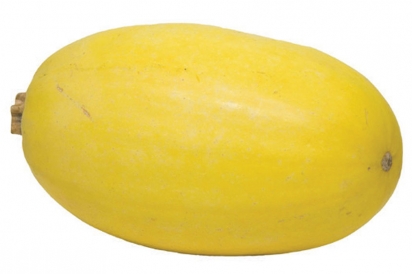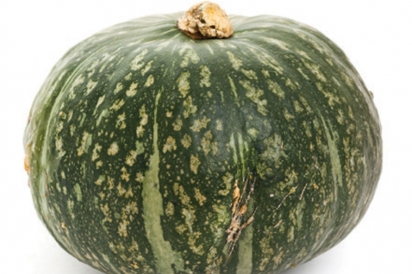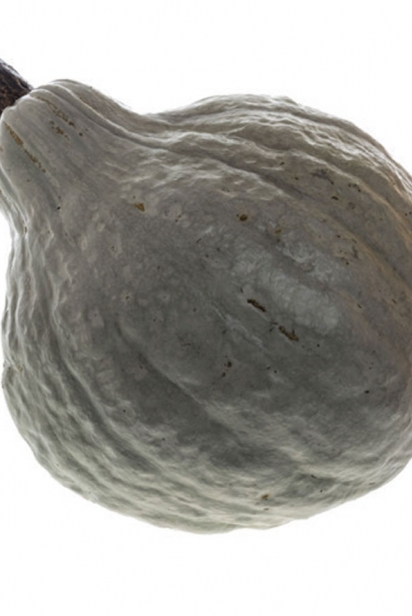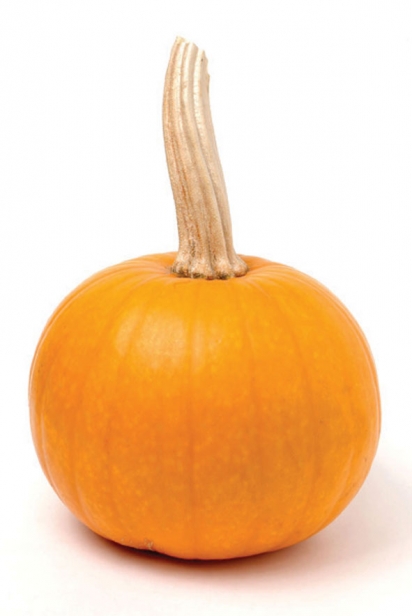ingredient spotlight
A Guide to Hard Squash
ACORN
This small, popular variety has a fairly thin, ribbed exterior. The fine textured golden flesh is mild, with a cavity ideal for baking (try filling it with a sausage-based cornbread stuffing) or brush with melted butter and brown sugar.
Colorado’s short growing season may limit local farmers with regard to crop diversity, but that doesn’t mean we’re doomed to endure without fresh produce for the next six months. Hard squash, or winter squash, that are high in minerals, beta carotene and vitamin C grow well in the Roaring and North Fork Valleys and their characteristic tough skin also means they’ll last the season when stored in a cool, dry cellar or pantry. There are countless ways to prepare and serve these members of the family Cucurbitaceae, from sweet to savory; try one of the following varieties to add color, flavor and a nutritional boost to your cold-weather menus.
Photo 1: SPAGHETTI
This prolific yellow squash has flesh that, when roasted, yields a tangle of mild-tasting strands that can be substituted for pasta in any number of ways. Try tossing with butter, currants, garlic, chopped basil and feta; or with masala powder, roasted cashews, chopped dried fruit and toasted coconut.
Photo 2: KABOCHA
With its rich yellow-orange flesh and sweet, nutty flavor, this Japanese variety makes for delicious curries, quick breads and muffins; minced fresh ginger adds a punch of flavor.
Photo 3: RED KURI
Of Japanese origin, this squash has smooth, dry, sweet rich golden flesh; it’s also a great keeper due to its thick skin. Try making squash chips on a mandoline; fry them in coconut oil and season with sea salt and smoked paprika.
Photo 4: TURBAN
Originally from France, this beautiful squash has a dense flesh and flavor reminiscent of hazelnuts. Before roasting, cut off the top “knot” and thick skin, scoop out the seeds. Herbed stuffings with tarragon, thyme or rosemary enhance its richness, or try spicing things up with Jamaican jerk seasoning.
Photo 1: DELICATA
The most thin-skinned of our local varieties, these beauties have a subtle flavor. Try them stuffed or sliced into rings (remove seeds first) and roasted with carrots, Brussels sprouts and red onion.
Photo 2: BLUE HUBBARD
The thick, bumpy skin of this variety means it keeps well. Originally from the West Indies, Hubbard’s rich semi-sweet flavor—similar to cooked pumpkin—is perfect for creamy pies, cubed in a roast vegetable medley or diced into chili. It also makes a lovely golden-hued soup.
Photo 3: SUGAR PIE PUMPKIN
These small, sweet squashes are ideal for use in desserts (pie, mousse, flan), soups and smoothies. You can also purée the flesh with vegetable broth, sautéed garlic, onion and a bit of nutritional yeast and cashew milk and add to pasta for a plant-based “mac and cheese.”
Photo 4: BUTTERNUT
Medium-sized with smooth moist flesh, this widely available squash is excellent puréed in soups (season with currants and a bit of minced jalapeño), used in quick breads or simply mashed for a side dish. Roasted, it pairs well with sautéed apples or pears and onion seasoned with thyme or sage, or season the seeded, cleaned cavities with butter, local honey and a little freshly ground nutmeg and pepper before roasting.


